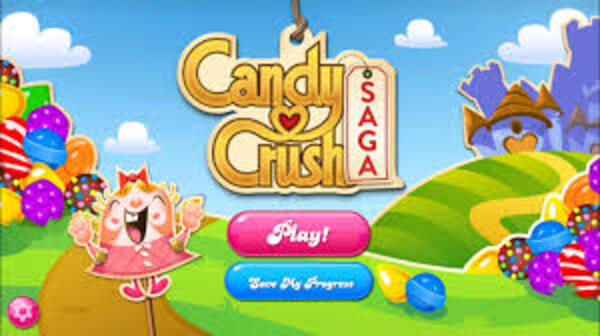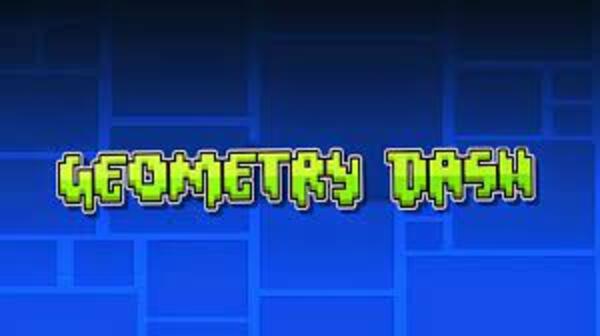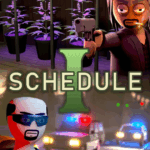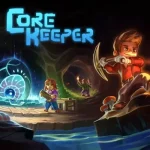Popular Now
Candy Crush Saga is often dismissed as a simple casual match-3 puzzle game. However, beneath its colorful, sugary surface lies a masterclass in game design, particularly in how its level progression system is crafted to balance player engagement, challenge, and monetization. This article dives deeply into Candy Crush Saga's level progression design — exploring the thoughtful pacing, difficulty curve, and psychological hooks that keep millions hooked daily.
The Importance of Level Progression in Casual Games
Level progression is the backbone of many casual games, and Candy Crush Saga is no exception. It provides structure, a sense of accomplishment, and continuous motivation. Unlike open-ended games, progression systems act as a road map for players, guiding them from novice to expert without overwhelming them.
Why Level Design Matters in Candy Crush Saga
King, the developer, designed Candy Crush Saga with a broad demographic in mind—from children to older adults. The game’s level progression had to appeal across ages and skill levels while encouraging long-term retention. A well-crafted level progression ensures players stay engaged and return regularly, a critical metric for mobile games.

Psychological Underpinnings of Progression
Candy Crush taps into psychological principles like operant conditioning, where players receive rewards for their actions. The pacing of levels, reward timing, and difficulty spikes are meticulously designed to leverage the brain’s dopamine release, fostering a compulsion to “just try one more level.”
The Early Levels: Creating a Friendly Introduction (Levels 1-10)
The first few levels in Candy Crush Saga serve as an interactive tutorial disguised as gameplay.
Gentle Mechanics Introduction
In the earliest stages, players encounter the simplest board layouts and the most basic candy combinations. The game gradually introduces special candies like striped and wrapped candies through forced, guided moves, ensuring that players grasp their functions intuitively.
Rewarding Success to Build Confidence
Each completed level rewards the player generously, with stars, boosters, and visual celebrations. This early positive reinforcement encourages players to keep progressing, creating a sense of mastery and achievement.
Increasing Complexity: Introducing Obstacles and Goals (Levels 11-50)
Once the basics are mastered, Candy Crush begins to introduce obstacles such as chocolate, licorice, and blockers, adding layers of complexity.
Designing New Obstacles to Challenge Strategy
New obstacles force players to think beyond simple matching. For example, chocolate spreads if not managed properly, encouraging players to prioritize moves. Each new element is introduced progressively, never overwhelming the player.
Varied Objectives for Engagement
Instead of always clearing candies, objectives diversify: collecting ingredients, clearing jelly, or achieving a certain score. This variety prevents gameplay fatigue and maintains player interest.
The Mid-Game Challenge: Managing Player Frustration (Levels 51-200)
The mid-game stages are crucial — players have experienced success but also face increasingly difficult challenges.

Balancing Difficulty and Motivation
Levels begin to require more strategic thinking and multiple uses of special candies to complete. To avoid frustration, the game employs tactics like giving extra moves or boosters as “gifts” to keep players engaged.
Introducing Time-Limited and Move-Limited Levels
Some levels impose strict move limits or time constraints, increasing tension and making success feel more rewarding. The pacing here is calibrated so players feel a challenge, not impossibility.
Advanced Mechanics: The Introduction of Color Bombs and Combinations (Levels 201-400)
Advanced special candies such as the color bomb and its combinations open up new strategic possibilities.
Encouraging Combo Creation
The game subtly nudges players to create candy combinations by designing boards that encourage matching special candies, leading to satisfying chain reactions that clear large portions of the board.
Strategic Board Layouts to Maximize Engagement
Board shapes become more complex — irregular grids and isolated sections encourage players to plan moves several steps ahead, increasing the depth of play.

The Role of Boosters in Level Progression and Monetization
Boosters are key tools that players can earn or purchase, assisting in level completion.
Natural Booster Introduction and Usage
Initially, boosters appear as rare gifts or rewards, encouraging players to experiment with them. Their utility becomes essential in tougher levels, subtly nudging players toward investment.
Monetization Through Booster Sales
King integrates boosters seamlessly into progression, often prompting players to buy them after a string of failed attempts. This blend of frustration and opportunity fuels the game's revenue while maintaining player engagement.
Psychological Triggers: The “Just One More Try” Loop
Candy Crush’s level design exploits specific psychological triggers to encourage repeated play attempts.
Near-Miss Effect
Levels are often balanced so that failure feels tantalizingly close to success, motivating players to try again immediately to “just beat that one tricky level.”
Variable Reward Schedule
Stars earned after level completion vary based on performance, tapping into reward variability that drives compulsive engagement similar to slot machines.
Social Integration and Its Impact on Progression
The game incorporates social features that affect level progression and player motivation.
Friend Leaderboards and Competitions
Seeing friends’ progress encourages players to advance to keep up or surpass others, adding a social competitive element.
Sharing Lives and Gifts as Social Glue
The ability to share lives or boosters strengthens player retention by creating obligations and reciprocal play patterns within friend networks.

Handling the Late Game: Endurance and New Content Injection (Levels 401+)
As players reach hundreds of levels, maintaining engagement becomes increasingly challenging.
Content Updates and New Episodes
King regularly releases new episodes with fresh levels, themes, and mechanics to renew interest and give players fresh goals.
Increasing Challenge While Avoiding Burnout
Late-game levels are designed with extreme difficulty, sometimes encouraging booster usage and breaks. The pacing slows to respect player endurance but keeps progression rewarding.
Data-Driven Adjustments and A/B Testing in Level Design
Candy Crush Saga is famous for its data-driven approach to tweaking level progression.
Continuous Optimization for Player Retention
King uses A/B testing to adjust level difficulty, booster frequency, and reward timing, ensuring a balance between challenge and satisfaction tailored to player behavior.
Insights from Player Behavior Analytics
Analyzing drop-off points and time spent per level allows designers to tweak content to minimize frustration peaks and maximize player lifetime value.
Conclusion: The Art and Science of Candy Crush Saga’s Level Progression
Candy Crush Saga’s success stems not just from its bright visuals or simple mechanics but from an incredibly nuanced level progression system. This system expertly balances gradual skill development, psychological triggers, monetization tactics, and social integration to create a compelling, addictive experience. Through careful pacing, diverse challenges, and ongoing data-driven refinement, Candy Crush continues to captivate players worldwide years after its release.

















